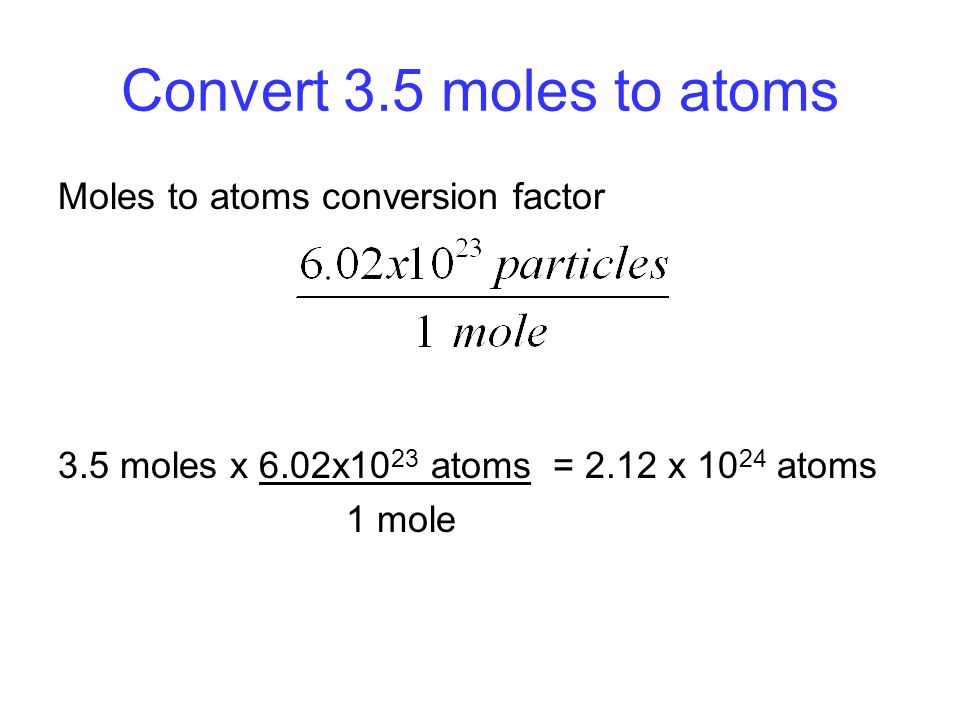

If a sulfuric acid solution is 1 M, then it is 2 N expressed as normality. Normality is generally only used when a substance has more than one sub-species that can participate in a specified reaction such as a proton for acid/base reactions, an electron for oxidation/reduction reactions, or in precipitation reactions.įor example, sulfuric acid (H 2SO 4) has two ionizable protons (H +) which can participate in the neutralization of a base such as sodium hydroxide (NaOH) Normality – similar to molarity, however calculation of normality uses the number of mole equivalents rather than the number of moles. Therefore, the formula mass of glucose isįor molecules like H 2O, where the formula is already in its simplest form, the formula mass and molecular mass are the same. For example, glucose (molecular formula C 6H 12O 6) would therefore have the empirical formula CH 2O, the molecular weight of C is 12 g, H is 1 g and O is 16 g. The empirical formula indicates the ratio of atoms of each element in a molecule rather than the actual number. Written correctly, the relative values have no units.įormula mass (also called formula weight) - sum of the atomic weights of all atoms appearing in a given empirical formula. Relative atomic mass and relative molecular mass ( M R) – values for atomic and therefore molecular masses are normally obtained relative to the mass of the isotope 12C (carbon-12), however “relative” is generally omitted from the title. Numerically this is the same as molar mass differing only in the units in which they are expressed. Therefore, the molecular mass of glucose is For example, glucose has a molecular formula of C 6H 12O 6, the molecular weight of C is 12 Da, H is 1 Da and O is 16 Da. sum of the atomic weights of all atoms appearing in a given molecular formula. Molecular mass (also called molecular weight)

This used to be measured in atomic mass units (AMU) but is now typically expressed in Daltons (Da).
#ATOMS TO MASS IN GRAMS CONVERTER CALCULATOR PLUS#
Rearranging the equation is not necessary as the calculator tool will do this for you.Īs you are adding 58.44 g of NaCl to 2 L of water you could also express this value in terms of its concentrationĪtomic mass ( m a) – mass of one atom of that element which typically reflects the mass of the nucleus (protons plus neutrons). So, to make 2 liters of a 0.5 M solution of NaCl, you would need to add 58.44 g of NaCl. You need to make a 0.5 M solution of NaCl, having decided you want 2 liters how much NaCl should you add?įirst you must calculate the number of moles in this solution, by rearranging the equation Here, the solution being used is typically defined by its molar concentration ( M). The scenario in which most lab scientists will encounter this type of calculation is when making up solutions following a standard operating procedure (SOP) or a scientific paper. Molarity ( M or mol/L) = Number of Moles (mol) / Volume (L)Įxample of molarity and concentration calculations Number of moles (mol) = Mass (g) / Molar Mass (g/mol)Ĭoncentration (g/L) = Mass (g) / Volume (L) To calculate molarity or to calculate related values (including volume, mass, molar mass and concentration) from molarity, the following equations are utilized. Provided some additional information is known, one value can be deduced from the other using the equations below. Whereas two solutions at the same concentration will have the same mass of the chemical per liter of solution but are therefore likely to have differing numbers of molecules of that chemical per liter. Two solutions that have the same molarity will have the same number of molecules of the chemical per liter but are likely to contain differing masses of that chemical per liter to achieve this. How does molarity relate to concentration? For sodium chloride (NaCl) they are in a ratio of 1:1 so the molar mass of NaCl is 22.99 + 35.45 = 58.44 g/mol.įor a compound like water (H 2O), 1 mole of hydrogen (H) is 1.008 g/mol and 1 mole of oxygen (O) is 15.9994 g/mol. One mole of sodium (Na) is 22.99 g, and 1 mole of chlorine is 35.45 g. The molar mass is the mass in grams of 1 mole of a particular molecule. So, 1 mole of hydrogen gas (H 2) contains 6.02x10 23 molecules, and 1 mole of glucose (C 6H 12O 6.) also contains 6.02x10 23 molecules, but as H 2 is a much simpler molecule, 1 mole of H 2 will have a much smaller mass (the molar mass) than 1 mole of C 6H 12O 6. This equates to roughly 6.02x10 23, also referred to as Avogadro's Number. A 1 M solution is said to be “one molar”.Ī mole is the quantity of anything that has the same number of particles as 12 g of carbon-12. Molarity is the concentration of a solution in terms of the number of moles of the solute in 1 dm 3 (1 liter) of the solution.


 0 kommentar(er)
0 kommentar(er)
